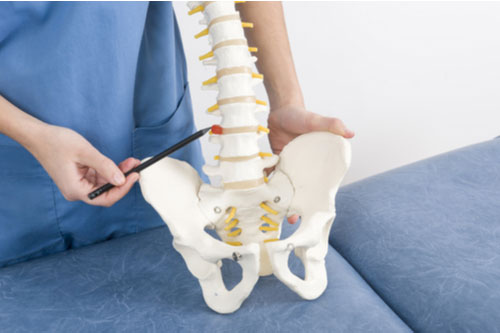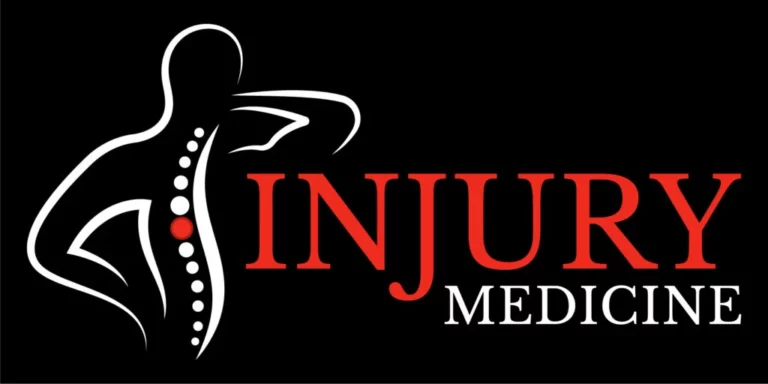A spinal cord stimulator is a unique implant designed to help treat and manage chronic pain. Spinal cord stimulators, also called SCS devices, use electrodes that are strategically placed between the spinal cord and epidural space of the vertebrae and are powered by a small battery pack implanted beneath the skin.
The device emits electrical impulses that disrupt the communication cycle between the pain nerve and the brain along the spinal cord. As with any surgical intervention, it is important to weigh the pros and cons of a procedure before committing to a course of medical treatment.
What Conditions Can a Spinal Cord Stimulator Help?
Living with chronic pain daily can limit mobility and deeply hinders a person’s quality of life. The use of an SCS device may be recommended when chronic pain does not respond to other treatment methods.
At our Easley injury center, we may use a spinal cord stimulator to treat:
- Post-surgical pain
- Angina
- Pain that is nerve-specific
- Chronic headaches, especially when linked to arachnoiditis
- Visceral abdominal pain and perineal pain
- Chronic back pain
- Pain from an amputation
- Complex regional pain syndrome
- Peripheral vascular disease
- And more
It is important to discuss all the potential risks and side effects with your doctor.
Side Effects and Complications of SCS Device Implantation
Like with any surgical procedure, it is possible to experience bleeding, discomfort, infection, and irritation around the surgical site after the implantation of a spinal cord stimulator.
The following complications can occur.
Lead Migration
This occurs when the lead that is used to deliver the electrical stimulation to the spinal cord moves from its original placement. Lead migration can cause discomfort and ineffectiveness of the device, and additional surgery to correct the lead is required.
Damage to the Device
If someone experiences a fall or engages in intense activity, the SCS device may become damaged and ineffective. When a device is damaged, it requires surgical intervention and replacement of the implant.
Dural Puncture
When a dural puncture occurs, cerebrospinal fluid leaks and causes severe headaches. A surgical procedure can be performed to remove or adjust the placement of the leads, and an additional procedure to stop the fluid leak will likely be required.
Research by the National Institutes of Health has found that serious complications like nerve injury and epidural hematoma are very rare.
Benefits of a Spinal Cord Stimulator
Our injury centers in South Carolina offer cutting-edge medical technology and treatment programs for chronic pain, including implanting a spinal cord stimulator. The benefits of undergoing this procedure surpass the rare, reported side effects and complications mentioned above.
Past recipients of SCS devices have reported a reduced dependency on pain medications, ease in adjustments to continue with daily activities, and improved quality of life. The device can also be easily removed if needed.
Call Injury Medicine to Discuss Your Options
Pain after a car accident can be short-term, or it can be a chronic condition that affects your quality of life. When nothing else seems to help, a spinal cord stimulator device may be a viable option for treatment. It is always important to weigh the pros and cons of any pain management treatment, especially if it requires surgical intervention.
If you are suffering from chronic pain, contact Injury Medicine today. We offer a wide variety of treatment options at our South Carolina locations, including orthopedic surgery, spinal cord stimulator implantation, and more. Call us today at 864-866-PAIN.





